Baga is one of the best and the highest-yielding, native Portuguese grapes of red varieties.
Originally coming from the central coast of the Bairrada wine region in Portugal, where the number of Baga vines, far outnumber the plantations in any other region in the world.
The name translates to “berry” in Portuguese, and Baga has a long, continuous history in its home region of Bairrada and the nearby Dão.
Origin
Baga has a special place among the red grape varieties in Bairrada. This region has an exceptional terroir and a great variety of indigenous grapes, making Bairrada wines, with their strong personality and flavor, are unique in the world.
The region is bordered by rivers and the Atlantic Ocean, and to the east by mountains. This is what makes Bairrada an exceptional geographic area with a unique climate and a special terroir, where clay is dominant.
Portugal, being a land where blends are favored, each region will have its borders decorated with different varieties of grapes. As far as Barraida is concerned, this region is heavily into the development of the Baga grape, more than half the viticultural area of the region is planted with this variety.
Douro winemakers sourced Baga wine from Bairrada in the 17th and 18th centuries to (somewhat illegally) blend into the in-demand Port wine.
Grape
Until the 1980s, Baga was well-suited to producing inexpensive, bulk wines. While the grape is defined by its tannic, acidic nature, it is viticulturally known for high yields, a key factor in bulk winemaking.
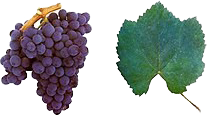
Baga grapes are small and thick-skinned (which makes for high tannin levels in the juice) and have a high production level since it grows in tightly packed bunches of small grapes and has late maturation. The vines produce exuberant foliage. In clayey soils with good sun exposure, Baga matures easily and produces very dark wines with concentrated aromas that can age in bottles for many years.
Baga is one of the easier grape varieties to cultivate and they help produce high-quality wines having a high level of acidity. The high level of acidity also ensures that the grape can be harvested late without worrying about the wine getting baked or tasting flat.
Baga grape shows high resistance to the powdery mildew, but it is highly susceptible to rot, especially when the cold rainy seasons begin. If the climate is cool, the berries won’t be able to achieve their phenolic ripeness, and it might result in increased levels of tannin, higher acidity, and spoiling the overall feel of the wine.
It is the prime red grape variety in Bairrada and its typical aromas range from forest fruits, and plums to coffee and lead to a dark color.
Wine
The production of wine in Bairrada is documented from at least the Roman period, but despite its long history of wine production, the region was only officially recognized as a demarcated wine-growing region in 1979.
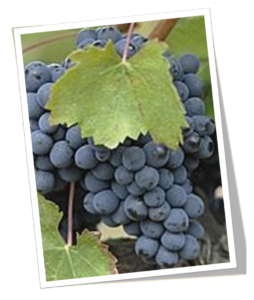
The recognition of Bairrada as a wine region began with the production of sparkling wines, of which this region is a pioneer in Portugal.
The exceptional characteristics of the region in terms of terroir and indigenous grape varieties have made Bairrada wines absolutely unique in the world.
The Baga grape’s ample acid leads to quality sparkling wine production, and it is often proclaimed as the best in Portugal, coming from Bairrada.
When the grapes ripen well, in dry years, Baga wines have deep color, tannic, high-acid structure, with clear flavors of berries and black plums and hints of coffee, hay, tobacco and smoke. The aroma starts out with red cherry and berry fruit developing into red and black plum, tobacco and coffee bean flavors finishing with expansive complexity.
Though often astringent when young, Baga wines, especially the best ones from Bairrada can age remarkably well, softening and gaining elegance and a herb, cedar note, and dried red fruits, that age into elegant wines of great complexity.
This variety is often blended with other red wine grapes to produce a fine and full-bodied wine.
The majority of Baga grapes are still used to create the famous fizzy, sweet Mateus rosé.
Food pairing
Its vibrant acidity and ample tannins enable it to pair with some seafood including squid or shrimp dishes. Goes well with milder and high acid cheeses like goat or feta, as well. Also matches nicely with fried rice with sausages, roasted suckling pig, smoked beef ribs, rich pasta, or heavy stews.
As a sparkling wine, pairs well with varied seafood and mixed Portuguese tapas.
Do you want to taste it?
Marquês de Marialva Colheita Seleccionada 2015, Bairrada
Ortigão Baga Bruto Espumante 2016, from Bairrada
Mateus Sparkling Brut Rose from Bairrada
Marquês de Marialva Bland de Noir 2017, Espumante, from Bairrada
Villa de Corgos Rosé Espumante Bruto, from Beira Atlântico IG

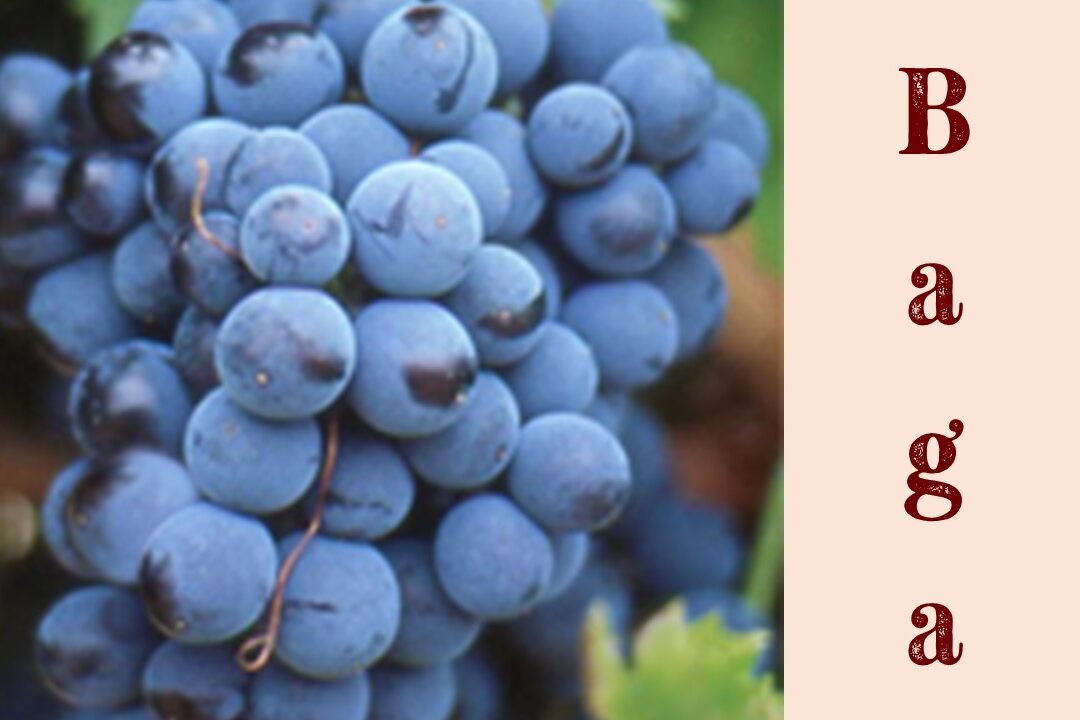
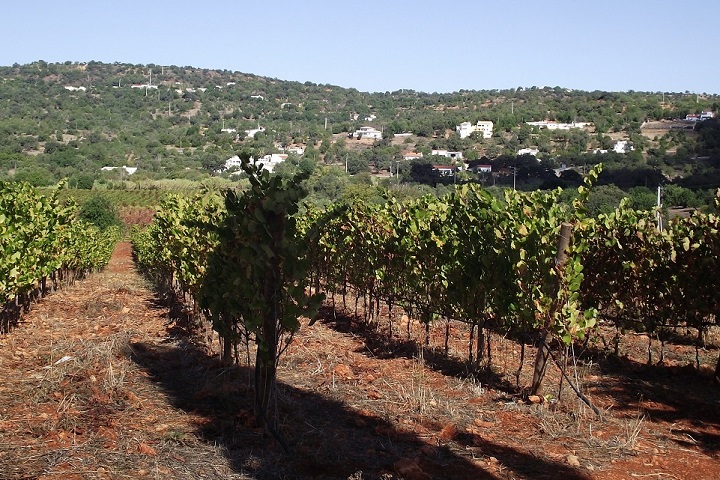
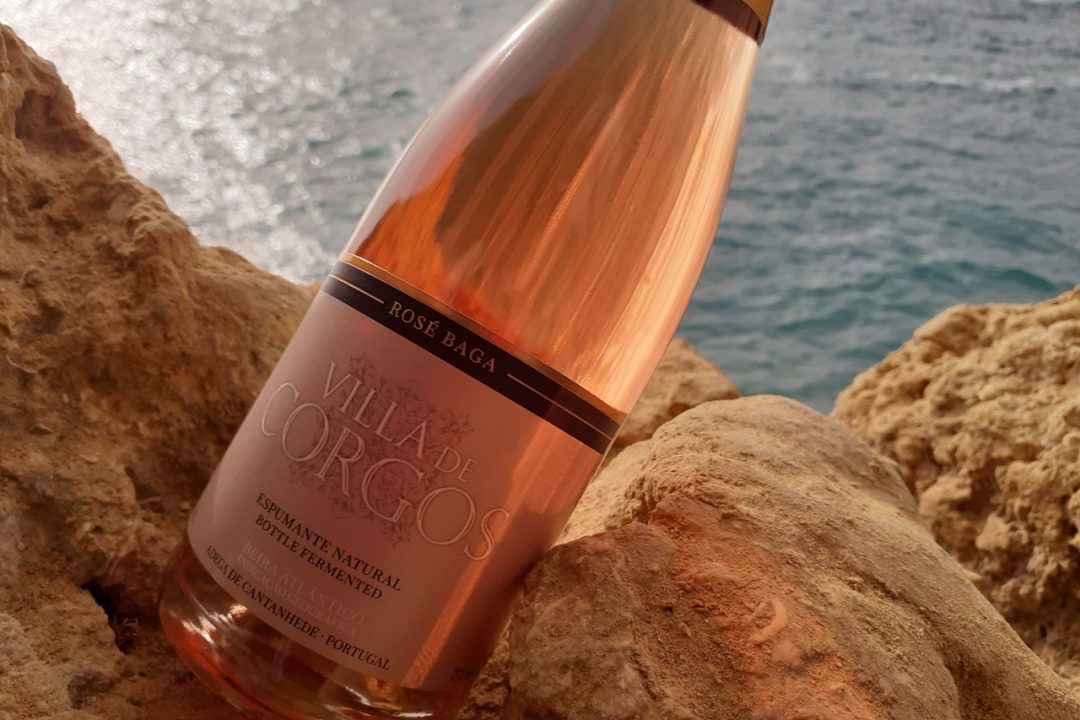
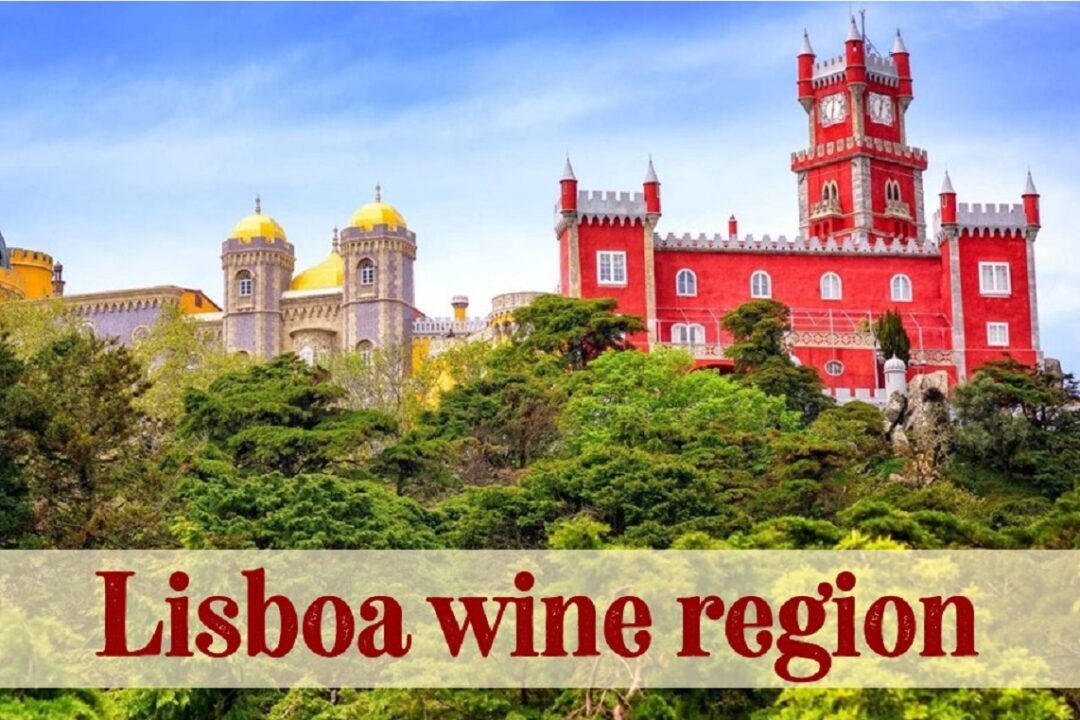

No Comments Found